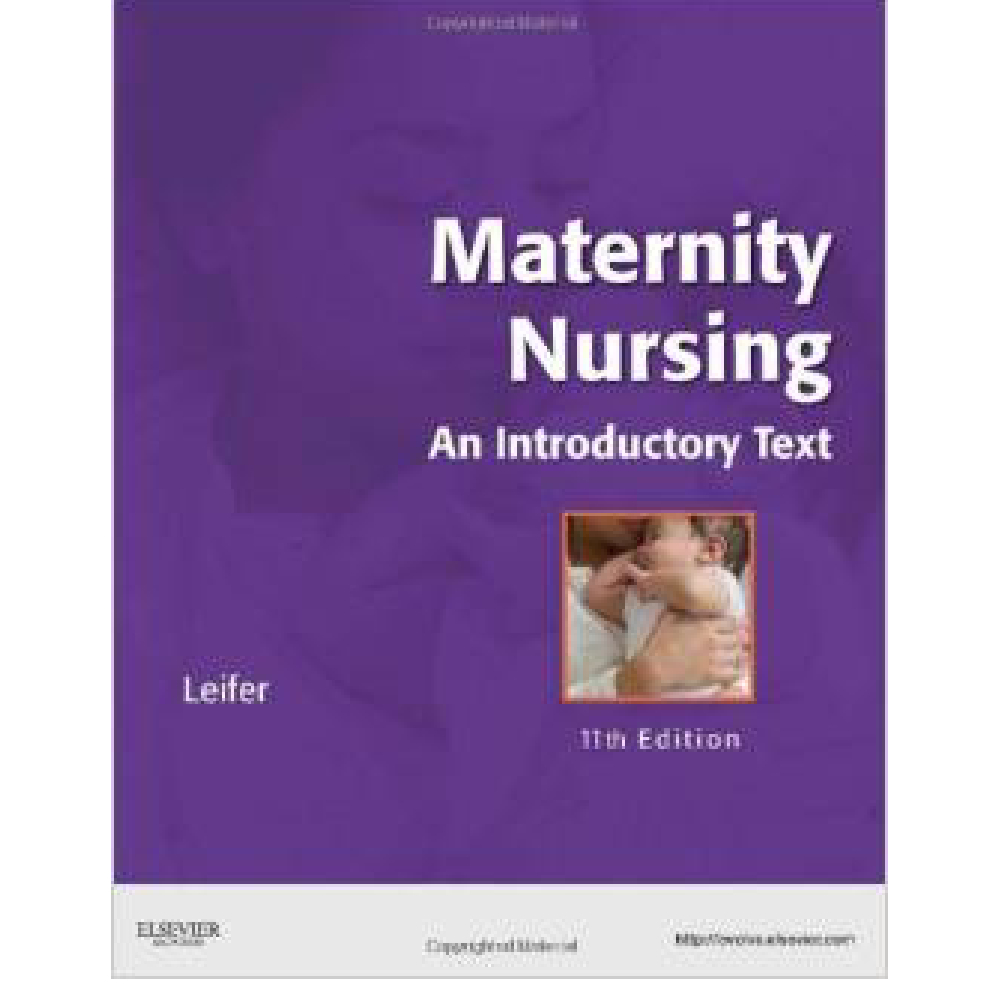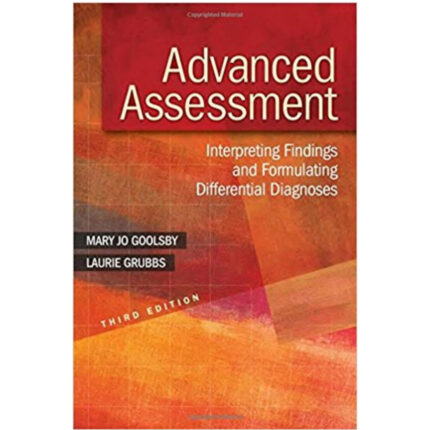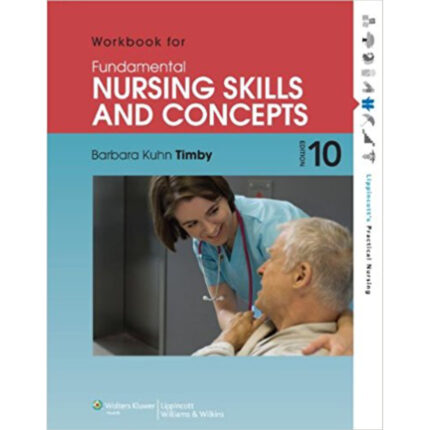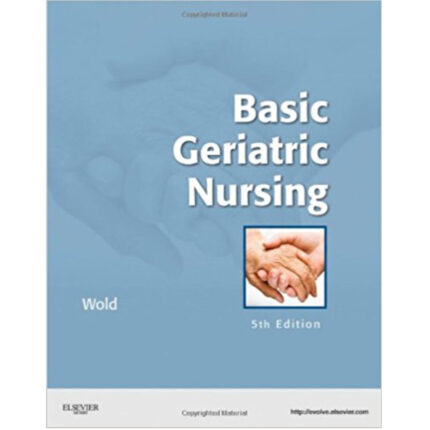Maternity Nursing An Introductory Text 11th Edition By Gloria Leifer -Test Bank
Chapter 11: Newborn Feeding
Test Bank
MULTIPLE CHOICE
1. Which hormone stimulates milk production after birth of the infant and expulsion of the placenta?
a. Prolactin
b. Estrogen
c. Progesterone
d. Relaxin
ANS: A
After the birth of the infant and expulsion of the placenta, there is a rapid decrease in estrogen, progesterone, and human placental lactogen (hPL). These changes stimulate the anterior pituitary to produce prolactin, which stimulates milk production.
DIF: Cognitive Level: Knowledge REF: 206 | Figure 11-1
OBJ: 3 TOP: Physiology of Lactation KEY: Nursing Process Step: N/A
MSC: NCLEX: N/A
2. The maternal hormone that causes the milk ejection reflex is:
a. Estrogen
b. Oxytocin
c. Prolactin
d. Progesterone
ANS: B
Infant suckling causes the posterior pituitary gland to secrete oxytocin, producing the let-down, or milk ejection, reflex, causing the milk to be delivered from the alveoli (milk-producing sacs) to the nipple.
DIF: Cognitive Level: Knowledge REF: 206 | Figure 11-1
OBJ: 3 TOP: Physiology of Lactation KEY: Nursing Process Step: N/A
MSC: NCLEX: N/A
3. Once lactation has been established, the most important stimulus for maintenance of milk production is:
a. Prolactin
b. Maternal fluid intake
c. Oxytocin
d. Infant suckling
ANS: D
Hormones play important roles in initiating milk production, but once lactation is established, infant suckling becomes the primary stimulus.
DIF: Cognitive Level: Comprehension REF: 206 OBJ: 3
TOP: Physiology of Lactation KEY: Nursing Process Step: N/A
MSC: NCLEX: N/A
4. On the second postpartum day, a new mother questions whether colostrum provides adequate nutrition for her newborn because “it doesn’t look like milk.” The nurse should tell her that colostrum:
a. Is rich in nutrients and provides antibodies to protect the infant from infection
b. Does not meet the infant’s needs but will soon be replaced by mature milk
c. Is high in fat, which will help the baby regain the weight lost during the first few days of life
d. Is mostly sugar, so it will protect the infant from hypoglycemia, which is common in the first few days of life
ANS: A
Colostrum is rich in antibodies, protein, minerals, and fat-soluble vitamins and low in sugar and fats. It is easily digestible and perfectly suited to the infant’s needs at that stage.
DIF: Cognitive Level: Application REF: 207 OBJ: 4
TOP: Breast Milk KEY: Nursing Process Step: Implementation
MSC: NCLEX: Health Promotion and Maintenance
5. Patient teaching for the woman who is breastfeeding for the first time should include that:
a. The baby will need to be fed every 4 to 6 hours.
b. Crying is the first sign of hunger in newborn infants.
c. She should allow the baby to suckle no more than 10 minutes at each breast.
d. If the baby sleeps after feeding and gains weight, the milk intake is adequate.
ANS: D
Indications that the infant is getting enough milk are sleeping after feeding, steady weight gain, audible swallowing during nursing, and at least six wet diapers a day. Breastfed babies usually nurse every 2 to 3 hours. Crying is often a late sign of hunger; the mother will notice earlier behaviors such as rooting and hand-to-mouth movements that suggest hunger. Fifteen minutes at each breast is generally recommended.
DIF: Cognitive Level: Application REF: 208-209 OBJ: 4
TOP: Breastfeeding: Frequency and Length of Feedings
KEY: Nursing Process Step: Implementation
MSC: NCLEX: Health Promotion and Maintenance
6. Mothers should be advised to use different positions during breastfeeding to:
a. Make the infant learn to locate the nipple.
b. Vary pressure points on the nipple to avoid nipple soreness.
c. Determine which position the infant prefers.
d. Encourage the infant to turn his or her head to latch on to the nipple.
ANS: B
Using one position continuously leads to nipple soreness. Varying positions reduces this problem.
DIF: Cognitive Level: Application REF: 209 | Figure 11-3
OBJ: 5 TOP: Breastfeeding Techniques: Positioning
KEY: Nursing Process Step: Implementation
MSC: NCLEX: Health Promotion and Maintenance
7. When observing a mother during breastfeeding, the nurse detects a soft swallowing sound as the infant suckles. An appropriate comment to the mother would be:
a. “The two of you are doing very well!”
b. “That sound means that you need to reposition the baby.”
c. “The baby does not have a good grasp on the nipple.”
d. “The baby is having trouble swallowing.”
ANS: A
A soft swallowing sound means the baby’s mouth is properly positioned for suckling.
DIF: Cognitive Level: Analysis REF: 210-211 OBJ: 4
TOP: Breastfeeding: Sucking Patterns KEY: Nursing Process Step: Evaluation
MSC: NCLEX: Health Promotion and Maintenance
8. The nurse is observing a mother who is breastfeeding her baby for the first time. Which of the mother’s actions requires correction?
a. She positions the infant close to herself with the baby’s face near her breast.
b. To remove the infant from the breast, she gently pulls the baby away from the nipple.
c. She touches the infant’s cheek adjacent to the nipple to stimulate the rooting reflex.
d. She expresses the remainder of the milk from her breasts after the infant stops suckling.
ANS: B
To remove the infant from the breast, she should first break the suction by inserting her finger into the corner of the infant’s mouth. Pulling the infant off of the breast may cause nipple soreness.
DIF: Cognitive Level: Application REF: 211 OBJ: 5
TOP: Breastfeeding: Removal from the Breast
KEY: Nursing Process Step: Assessment MSC: NCLEX: Health Promotion and Maintenance
9. The nurse should teach the woman that the best way to ensure her baby of an adequate supply of breast milk is for her to:
a. Eat a diet high in protein.
b. Eat a diet high in fat.
c. Empty her breasts with each feeding.
d. Increase her fluid intake.
ANS: C
If the breast is not emptied at each feeding, a signal is sent that less milk is needed, and production is reduced. Emptying the breast after each feeding ensures an adequate supply for the next feeding.
DIF: Cognitive Level: Application REF: 208-209 OBJ: 4
TOP: Breastfeeding: Frequency and Length of Feedings
KEY: Nursing Process Step: Implementation
MSC: NCLEX: Health Promotion and Maintenance
10. Dietary recommendations for the lactating woman include:
a. A minimum of 800 mg of calcium daily
b. Avoidance of gas-forming foods
c. Supplemental vitamins and minerals
d. At least 500 calories more than the pre-pregnancy diet
ANS: D
A well-balanced diet with an additional 500 calories per day should be adequate for the breastfeeding woman. There is no need to eliminate specific foods from the diet unless it clearly bothers the infant. The recommended daily allowance for calcium is 1200 mg.
DIF: Cognitive Level: Comprehension REF: NCP 11-1 OBJ: 12
TOP: Maternal Diet KEY: Nursing Process Step: N/A
MSC: NCLEX: Health Promotion and Maintenance













Reviews
There are no reviews yet.